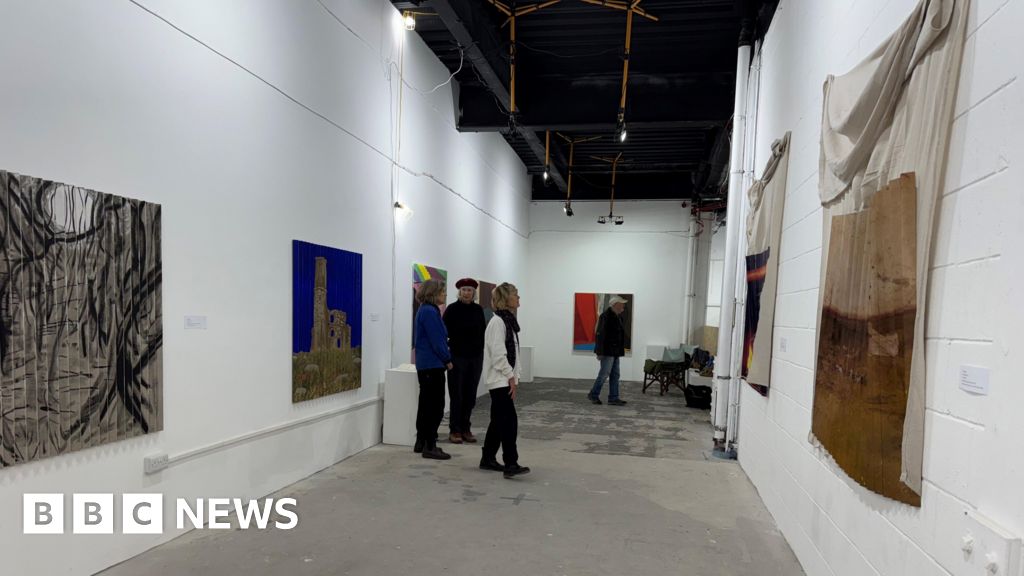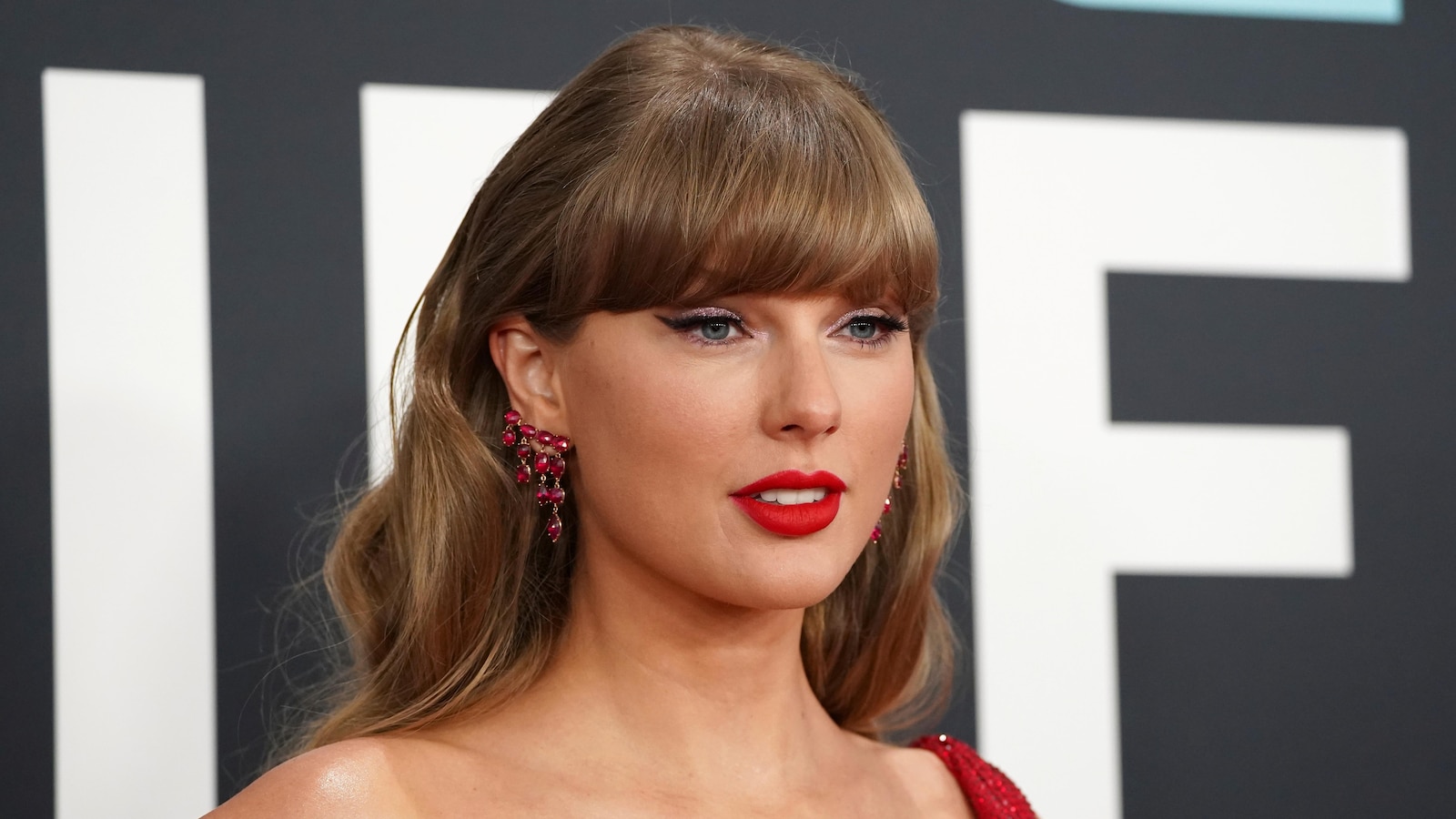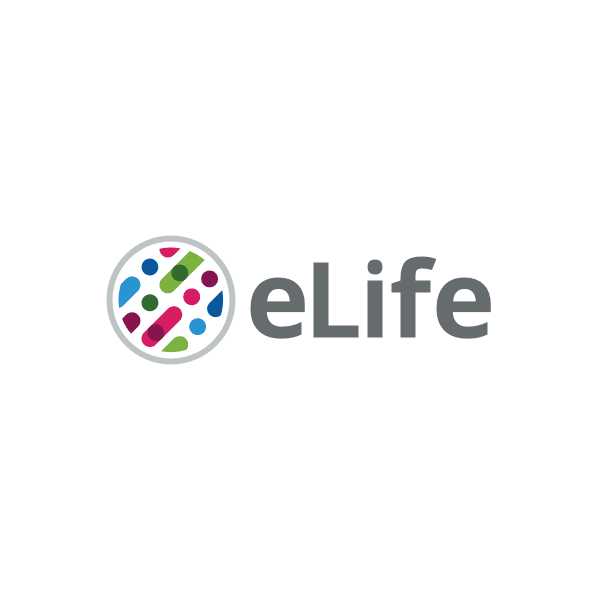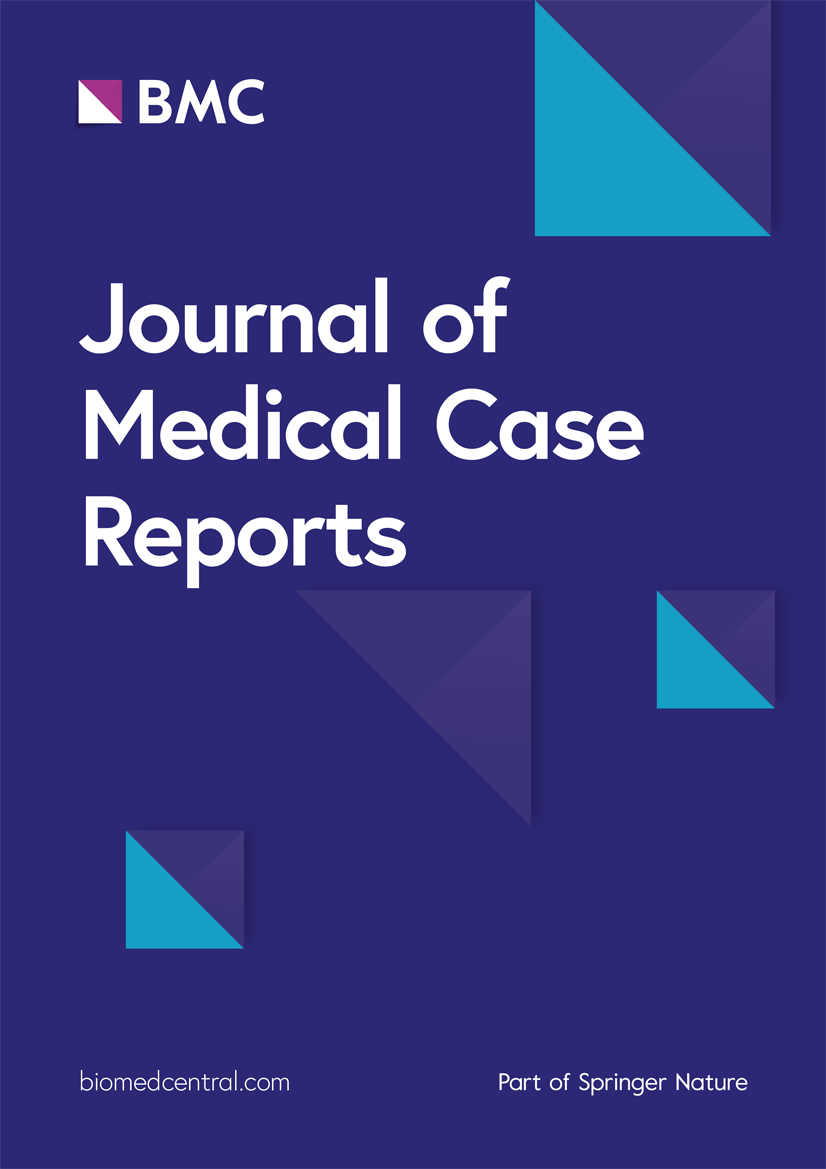This case underscores the diagnostic and management complexities introduced by germline TP53 VUS, particularly in patients meeting Li-Fraumeni-like syndrome (LFL) criteria. The p.Arg248Gln variant lies in a mutational hotspot and may impair DNA…
Blog
-

Retailers at Penzance’s Wharfside say business is ‘on the up’
A shopping centre in Penzance is experiencing a resurgence in its fortunes with empty retail outlets being filled by independent businesses and restaurants, according to the management team there.
In the past month alone two new shops have opened…
Continue Reading
-

Google doodle celebrates Halloween, 45 years of ‘Pac-Man’
Thursday’s Google doodle celebrates Halloween and 45 years of “Pac-Man.” Image courtesy of Google
Oct. 30 (UPI) — Thursday’s Google doodle celebrates Halloween and 45 years of the iconic video game Pac-Man.
The Google homepage features…
Continue Reading
-

Comcast Q3 Earnings Report: Peacock Loss, Subscribers Update
Peacock, the streaming service of Comcast’s entertainment unit NBCUniversal, narrowed its third-quarter loss to $217 million compared with $436 million in the year-ago period. The streamer, which unveiled new programming like The Paper and…
Continue Reading
-

Electricity reprograms immune cells to speed up recovery
Researchers at Trinity College Dublin have found that applying electrical currents to “macrophages,” a crucial type of immune cell, can reprogram them to reduce inflammation and promote faster healing in cases of disease or injury.
This discovery…
Continue Reading
-

Universal Music and AI song generator Udio settle lawsuit partner on new AI platform
LONDON — Universal Music Group and AI song generation platform Udio have settled a copyright infringement lawsuit and agreed to team up on new music creation and streaming platform, the two companies said in a joint statement.
Universal and Udio…
Continue Reading
-

Dance alleviates perceived symptoms of depression, study finds
Dance as a performative art form alleviates perceived symptoms of depression, helps to understand its root causes and promotes self-actualization, a recent study from the University of Eastern Finland found. The multidisciplinary…
Continue Reading
-

Europe’s economy shows modest growth of 0.2%, held back by laggard Germany
FRANKFURT, Germany — Europe’s economy grew by a modest 0.2% in the third quarter, official figures showed Thursday. Growth in the 20 countries that use the euro was held by back higher U.S. tariffs and anemic performances by Germany and Italy, both of which barely avoided a technical recession.
The weak growth outcome won’t be enough, however, to spur the European Central Bank to cut interest rates. The ECB’s stand-pat stance is a sharp contrast with that of the U.S. Federal Reserve, which cut its benchmark rate by a quarter percentage point Wednesday and is wrestling with whether to cut again before the end of the year.
Germany’s economy stagnated, with zero growth in the August-September third quarter, following a contraction of 0.2% in the second quarter, figures from EU statistics agency Eurostat showed. Two straight quarters of falling output is one frequently used definition of recession. Italy likewise turned in zero growth after contracting by 0.1% in the second quarter.
Germany’s manufacturing- and export-focused economy has been held back by multiple factors including higher energy prices, competition from Chinese producers of autos and industrial machinery, a lack of skilled workers and excessive bureaucracy.
Another headwind for Europe comes from President Donald Trump’s imposition of a 15% tariff, or import tax, on goods brought to the U.S. from Europe, as well as from the uncertainty spread by back-and-forth talks with the European Union’s executive Commission. over possible higher tariff rates.
The ECB left its key interest rates unchanged at its previous two meetings in July and September. The bank has cut its benchmark rate to 2% after raising it to 4% to snuff out a burst of double-digit inflation caused by the pandemic rebound and an energy crisis due to Russia’s invasion of Ukraine.
ECB head Christine Lagarde said both times that monetary policy was “in a good place.” Annual inflation of 2.2% in September is within range of the bank’s goal of 2%, and keeping inflation under control is the ECB’s chief job. Lower interest rates stimulate growth while higher ones combat inflation but can hold back business activity through higher borrowing costs.
The ECB meeting “will be as close to a non-event as one could possibly imagine,” said Matthew Ryan, head of market strategy at payments platform Ebury.
Purchasing managers surveys pointing to a modest improvement in economic activity at the start of the fourth quarter have strengthened the case for no further cuts, analysts say. Analysts at Deutsche Bank said 2% was likely the end of the ECB’s cuts and foresaw the next rate moves as moderate increases only late next year as German infrastructure and defense spending start to boost growth and inflation.
Continue Reading
-

Mark Zuckerberg goes all in on the AI YOLO trade
Unlock the Editor’s Digest for free
Roula Khalaf, Editor of the FT, selects her favourite stories in this weekly newsletter.
You only get one shot at AI supremacy. Or that’s the thinking that seems to have taken hold among Big Tech executives. Their artificial intelligence strategy has a “you only live once” feel: shovel in as much money as possible, hope to come out on top, and if you fail, at least you tried.
Meta Platforms more so than most. Founder Mark Zuckerberg told analysts on Wednesday that he is spending to meet “the most optimistic cases”. That means the Facebook parent investing “notably” more than $100bn next year, twice what analysts were pencilling in for 2026 this time a year ago, according to LSEG.
The resulting $160bn drop in Meta’s market value reflects that, for investors, this logic is doubtful. There is no reason to think investing a lot ensures success — witness Zuckerberg’s languishing Metaverse project — so higher sums just up the chances of big writedowns. Google is spending even more than Meta on data centres but has a cloud computing business, so it can rent what it doesn’t use to third parties.
For one Meta shareholder at least, the risk-reward calculation works a bit differently: Zuckerberg himself. The prize — being the first to achieve so-called superintelligence — isn’t just a financial bet. It would propel him into the history books.
And the downside is limited. There is no chance of Meta going bust. Zuckerberg’s spree has so far been funded with operating cash flows, not debt. While Meta is juicing up its data centre investments with leverage, it is able to do so in joint ventures like the one it has set up with private credit operator Blue Owl that don’t sit on its balance sheet.
Meanwhile, the company makes so much cash that it can afford to risk some of its investments going nowhere. Even if Meta were to spend $500bn on superintelligence in the next five years, it would still have $400bn of cumulative free cash left over, according to Visible Alpha.

Even if Meta were not to cross the finish line first, the capex might not be entirely wasted. Spending on AI is increasingly driving more revenue in its “core” business of selling ads on platforms such as Facebook and Instagram. In the latest quarter, it showed users 14 per cent more ads than a year earlier, and charged 10 per cent more for each one.
If the AI race really turns into a damp squib for Meta, the worst it faces is a badly bruised share price. And even that might sting less than one might expect. It is not clear investors were pricing in AI supremacy anyway. Meta shares trade at the same 25 times forward earnings that they have done on average for the past decade.
Failure would be unpleasant. But — for tech bosses who are wealthy, messianic and entrenched — the risk is far outweighed by the potential glory. It will take more than a mini market backlash to kill the AI YOLO trade.
john.foley@ft.com
Continue Reading
-

Dissociation of the nuclear basket triggers chromosome loss in aging yeast
Aging manifests itself through a broad diversity of conserved cellular phenotypes, but in most cases, we know little about how these are causally linked to each other (Denoth Lippuner et al., 2014; López-Otín et al., 2023; Janssens and…
Continue Reading
